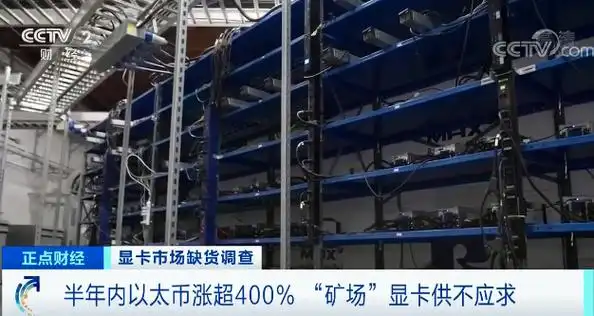In the ever-evolving landscape of cryptocurrencies, the pursuit of mining efficiency has become an art form in itself. Mining machines, the backbone of blockchain validation, require not just investment but strategic optimization to truly unleash their maximum potential. Whether you’re dealing with Bitcoin’s SHA-256 algorithms or Ethereum’s Ethash, the hardware selection and continuous performance tuning can determine profitability and operational longevity. A mining rig, in essence, is more than just a collection of processors — it’s a dynamic ecosystem where every watt, every hash rate, and every cooling fan matters.

Bitcoin mining, often dominated by ASIC miners, is an industry where minute differences in hash rate can translate into exponential differences in earnings. A high-efficiency miner miner not only maximizes hash output but minimizes power consumption—a delicate balance that requires upgraded firmware, precision overclocking, and occasionally, custom cooling solutions. In contrast, the Ethereum mining community leans toward GPUs, where the variety of overclocking and undervolting tools can significantly optimize mining outcomes. Here, the nuances of memory timing adjustments and power limits often define success more than raw computational power.
Mining farms, sprawling centers filled with racks of humming machines, illustrate the scale at which optimization must occur. Beyond individual rig tuning, factors such as airflow management, thermal dissipation, and electrical distribution emerge as critical. Hosting mining machines within controlled environments allows operators to mitigate ambient temperature fluctuations, improving hardware longevity and uptime. Moreover, economies of scale enable these farms to negotiate lower electricity costs, a key variable since energy consumption dominates operational budgets.

Dogecoin, while leveraging a different mining algorithm—Scrypt—presents its unique optimization challenges. Many miners combine Dogecoin and Litecoin mining through merged mining, where hardware exploitation efficiency comes into play. Strategically choosing compatible rigs that can handle dual mining operations without compromising speed or stability can create a sustained flow of earnings. Hosting services offering tailored setups for such multi-currency mining remain in growing demand, underscoring the importance of adaptable infrastructure.
Exchanges often show the real-time impact of mining output fluctuations. An optimized mining rig, maintaining steady production, contributes to liquidity and market stability by steadily feeding mined tokens into the marketplace. This interconnection between mining hardware effectiveness and exchange ecosystem health is sometimes overlooked but critical. For instance, Ethereum’s impending shift to proof-of-stake places an interesting future spotlight on how mining hardware manufacturers might pivot or innovate to sustain demand.
Successful miners constantly balance risk and reward: pushing mining hardware to its absolute limits may yield short-term gains but risks rapid hardware degradation. Cooling solutions—ranging from traditional air cooling to advanced liquid setups—must match the rig’s operational intensity. Equally important is choosing mining machine hosting providers with strong infrastructure support—reliable power supply, robust internet connectivity, and expert maintenance teams—allowing miners to focus on strategic decisions rather than technical interruptions.
In conclusion, optimizing mining hardware for maximum output is a multifaceted endeavor. Whether you’re a Bitcoin titan running massive ASIC arrays or an Ethereum enthusiast fine-tuning GPU farms, the path to profitability lies in continuous adaptation: embracing technological advances, intelligent power management, and strategic hosting partnerships. As blockchain technology advances, so too will the demands on mining equipment, prompting a cycle of innovation, optimization, and reinvention.


Leave a Reply